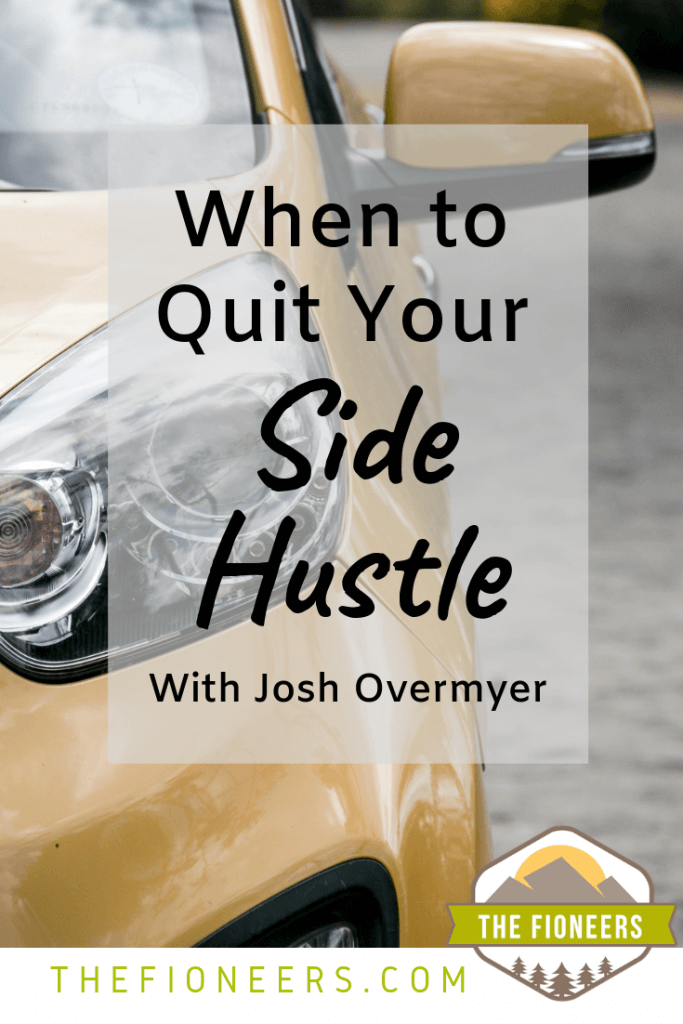 I don’t know about you, but I hear a lot of stories about people in the personal finance space taking on side hustles as they pursue debt freedom or financial independence. People drive for Uber, walk dogs with Rover, sell things on Etsy or eBay, work as a nanny or babysitter, freelance write, consult, or coach, all outside of their day jobs.
I don’t know about you, but I hear a lot of stories about people in the personal finance space taking on side hustles as they pursue debt freedom or financial independence. People drive for Uber, walk dogs with Rover, sell things on Etsy or eBay, work as a nanny or babysitter, freelance write, consult, or coach, all outside of their day jobs.
The side hustle is even touted as one of the pillars of financial independence.
When I was working full-time, I struggled to keep my head on straight just working a (somewhat more stressful than) normal full-time job. It was hard for me to fathom how people took on additional work through side hustles.
I used to even feel a little bit out of place in the personal finance community. I thought everyone was working so hard all of the time, and I felt like I didn’t have the mental capacity to do so.
I recently got inspired to seek out stories of people in the personal finance community to find out what decisions people had made to improve their lives that might not make financial sense. This concept seemed to resonate with a lot of people.
When I asked, I began to hear stories of people choosing to work fewer hours, choosing jobs that offered more work-life balance and time to focus on things they enjoyed, traveling the world, and even quitting side hustles.
These are the kinds of stories we don’t always hear, given that much of the focus of personal finance is on making and/or saving more money.
One of the people I heard from was Josh Overmyer.
Josh shared that he recently quit his side hustle. While it decreased his income, it dramatically improved his quality of life. I, of course, wanted to learn more.
I’m always curious about why people choose to make certain decisions, particularly decisions that improve our lives but might not make financial sense. So many people who have side hustles in addition to their day job continue doing them year after year, even as their income grows. I’ve even heard people say they are afraid to quit their side hustles in case they lose their day job.
I feel very fortunate to be able to dig into stories and understand the motivations behind why people like Josh quit side hustles, why people like Wanderlust Wendy quit their jobs to travel full time, and why countless other people are making decisions focused on balance and happiness while they are on the path toward financial freedom.
Before we get into the interview, let me tell you a little bit about Josh.
Josh is a 36-year-old single guy who lives in Southwest Florida. His day job is in local government. He’s a self-professed twitter-addict, a personal finance blogger, and is the resident Hufflepuff of the PF Twitterverse (probably because he is the nicest PF blogger you’ll ever meet).
Now that you know a little about Josh, let’s get into the interview.
1. What deliberate decision did you make to slow down and improve your life? Why did you decide to make this decision?
About 10 months ago, I decided to quit my side hustle of being an Uber driver. I originally started driving for Uber in December 2014 – the same week as I started my previous job.
I’ve never been much of a drinker and always found myself as the Designated Driver whenever I would go out with a group of friends. Once I found out that Uber was coming to my area, I signed up so I could still be the “DD” and get paid for it.
Because my previous job was a work-from-home position, I also had recovered a couple of extra hours per day because I no longer had a commute. I already owned the car, and without a daily commute, my car would have sat unused except the occasional trip to the grocery store. I wanted to have a reason for keeping it, especially when I was still carrying full coverage car insurance. This is how my Uber side hustle began.
Once I left the work-from-home job, I continued driving for Uber for a little while. Mainly, I would drive during my morning and evening commutes. However, I quickly grew tired of working 8 to 9 hours on-site at my job and then having my evening commute disrupted.
Often times, the ride would be a half hour or more in the opposite direction, and I’d only make $4. The point of side hustles is to bring in extra money on the side. When I only made a few extra dollars, I started to question why I was giving up so much of my free time for so little return.
I was running myself ragged between a new job, a commute of 1-hour each way, and the extra time just to cover my fuel costs or make a few bucks.
Finally, I admitted it wasn’t worth it. I uninstalled the Uber Driver app and reclaimed my time.
2. How has this decision impacted your quality of life?
In order to fully understand the impact, I need to share a bit more about my routine as an Uber driver.
Life in Southwest Florida is seasonal. Our busy tourist season runs from Thanksgiving to Easter. This is when the “snowbirds” come down to the warmth of Florida to avoid the snow and cold “up north.”
This busy season hits a crescendo in March, with all of the various spring breaks around the country. Of course, St. Patrick’s Day, a popular drinking holiday, fits squarely in the busiest part of our season.
I would hit my maximum effort around that time frame.
During the busy season, I would drive almost every day after work from 6 to 11 PM. On weekends, I would drive from 7 PM to 3 AM. Sometimes I would take one night off. When I did, I’d drive the next morning and afternoon ferrying vacationers to and from the airport and their beach hotels.
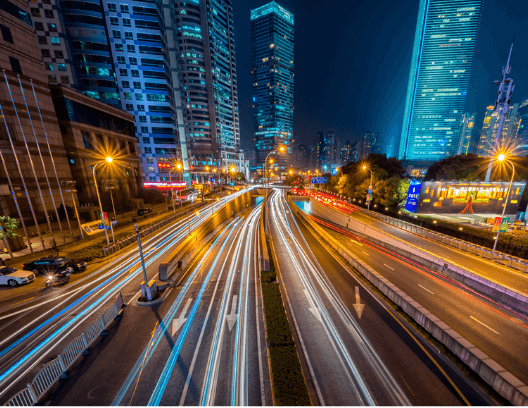
I was working 40 hours at my day job and 50-to-60 hours as an Uber driver “on the side” during those busiest times of the year.
More hours typically translated to more money. In my highest earning week, I made just over $1,000. While this is pretty good, I was pushing myself too hard for those tourist’s dollars.
Just as my car would start to overheat around hour five (mile 200) of driving so too would my face. I could feel my blood pressure rising and I needed to go home and get some rest. When this happened, I would often find myself 50+ miles from home, after midnight, just racing back home with the app turned off to get some sleep.
The biggest impact on my quality of life has been on my sleep schedule. I am also able to take more time to enjoy my life. Now that I dropped Uber driving, I am able to come home and relax after work. I especially enjoy having my weekends free. I get to travel or just chill at home or at one of the nearby beaches.
3. How did having a side hustle impact you financially?
Unquestionably, having a side hustle is a lever that is available to someone on the path to financial independence. Many side hustles give you the ability to make additional income and work as much or as little as you want. You get to be your own boss and you are usually the primary beneficiary of your efforts.
Having a side hustle helped me to have a more steady income. In my previous job, I was paid monthly, on the last working day of the month. This means there were between 30 and 33 days before I received another paycheck. Given that I am a solo earner, that is a long time. The extra money helped me cover my expenses through the lean weeks in between paychecks.
Unfortunately, driving for Uber also isn’t a cheap endeavor. I was racking up additional fuel, maintenance, and depreciation costs to my vehicle. Easily half of everything I earned driving went to cover the costs of operation.
Quitting the side hustle made me feel poorer, but only marginally so. I have retained a few private clients to take to and from the airport, which helps me bring in a bit of spare cash.
4. What enabled you to quit your side hustle (i.e. what financial or social context helped)?
The biggest reason I was able to quit my side hustle was that my new job came with a big raise and great benefits. I’m now making 17% more than my prior position. Plus, I am now earning sick time, vacation time, personal days, and a pension.
On top of that, I’m now also eligible for overtime pay. Due to the building boom in Southwest Florida, overtime has been pretty steady with higher-than-usual workloads.
As I made more money from my day job and my nest egg grew in my pursuit of FI, I needed the extra cash flow from Uber less.
Several years ago, I read an article on Financial Samurai that said you should save until it hurts. I took that to heart.
I was hustling hard to max out my IRA and 457(b) at work. I was hiding money from myself by gradually increasing my automatic contributions every few months. Because I was hiding so much from myself, I would sometimes have some shortfall months. When that happened, I needed to hustle with Uber to close the gap.
About a year before I quit driving for Uber, I was able to max out my 457(b) plan. By the time I quit, I was able to both max out my 457 and my IRA and not feel squeezed. Increasing my income in my day job was a significant contributor.
When I stopped driving for Uber, my expenses also dropped significantly. I was spending less on fuel, tire purchases, and the caffeine pick-me-up at midnight was much less tempting.
5. Were there things in your life you adapted after quitting your side hustle so you could continue to work toward your goals?
After quitting driving for Uber, I cut back on unnecessary spending, so I could get used to not having side-hustle income. Since my day job was covering all of my necessary expenses like mortgage, utilities, and groceries, my side hustle income had become my slush fund toward the end. I was able to make up for most of the lost side income by cutting cable and eating out less often.
Additionally, the reduction in my fuel and car maintenance costs certainly helped soften the blow.
6. Why and when do you think someone might consider “downshifting?”
I would recommend that someone considers downshifting either when their side hustle starts to wane or when it begins to feel more like a chore than an opportunity.
For me, I was making about $8,000 more with my new job. I no longer needed the extra cash, and I felt like I needed more downtime to adjust to the “cubicle life” and the long commute.
I had achieved burnout quite a few times through my 3.5 years and 2,882 trips with Uber, but this was a new kind of burnout that I wasn’t going to grow out of because the extra income was no longer a motivator.
7. What advice do you have for someone considering a similar decision?
I have two pieces of advice. First, while this may seem general, I recommend that if you are considering a side hustle, find one that is scalable where you can differentiate yourself.
As an Uber driver, I maintained a 4.92 rating, but due to their location-based ride-hailing feature, it didn’t mean I was awarded any extra trips or any extra payment for my excellence. If you initially chose a side hustle that allowed you to earn more as you gain experience and expertise, it might be more worth it in the long-term.
Also, don’t be afraid to say enough is enough. Listen to your body and to your brain. Sitting in traffic trying to get my passengers to the beach was not good on my car and not good for my stress levels.
Finally, find something you truly enjoy and can make money doing, whether that be in your day job or a side hustle. Ultimately, I think that’s the best way to slow down and enjoy your pursuit of FI.
Wow, Josh! Thanks for sharing this with us.
I loved hearing this reflection from Josh’s experience – how his side hustle both helped him toward his pursuit of FI, and, ultimately, his pursuit of FI is also what inspired him to give up the hustle.
There are reasons why side hustles make a lot of sense. For Josh, it helped him build up his financial momentum to the point where he could max out his tax-advantaged retirement accounts.
Because he was so successful hiding money from himself, he needed the side hustle to help pay for some basic expenses for a period of time. His work-from-home situation also provided him with additional time and brain space to focus on his side gig.
Once the work situation shifted and he was making more money, driving for Uber no longer felt worth it. Josh’s “enough” was when he could max out his retirement accounts and pay for his expenses with his regular paycheck. Understanding what was enough for him allowed him to take the leap, quit his side hustle, and use his free time to enjoy his life.
I also love how Josh recommends either choosing a side hustle that’s scalable (where you can make more money over time without putting in as much time) or one that you truly enjoy (so you don’t mind putting time into it).
While Josh could have super-charged his path to financial independence by continuing his side hustle, it was incredibly time consuming and he didn’t particularly enjoy it. Because of this, he decided that continuing to drive for Uber was not worth his time, energy, sanity, or health.
This perspective aligns well with the concept that we “pay” for money with our time. In addition to trading our time for money, sometimes we also trade our sanity, health, and happiness. Finding balance and making money in ways that feel worth our time becomes more important as we become more financially secure.
In my opinion, one of the biggest benefits of financial freedom is that we can use it to build a life we want to live. For Josh, spending time relaxing and going to local beaches on the weekend instead of shuttling around obnoxious drunk people at 3 AM, seems like a great way to use this freedom.
If you want to connect with Josh, you can do so in the following ways:

Blog: https://joshovermyer.com/
Twitter: @jovermyer1
Instagram: @overmyerjosh

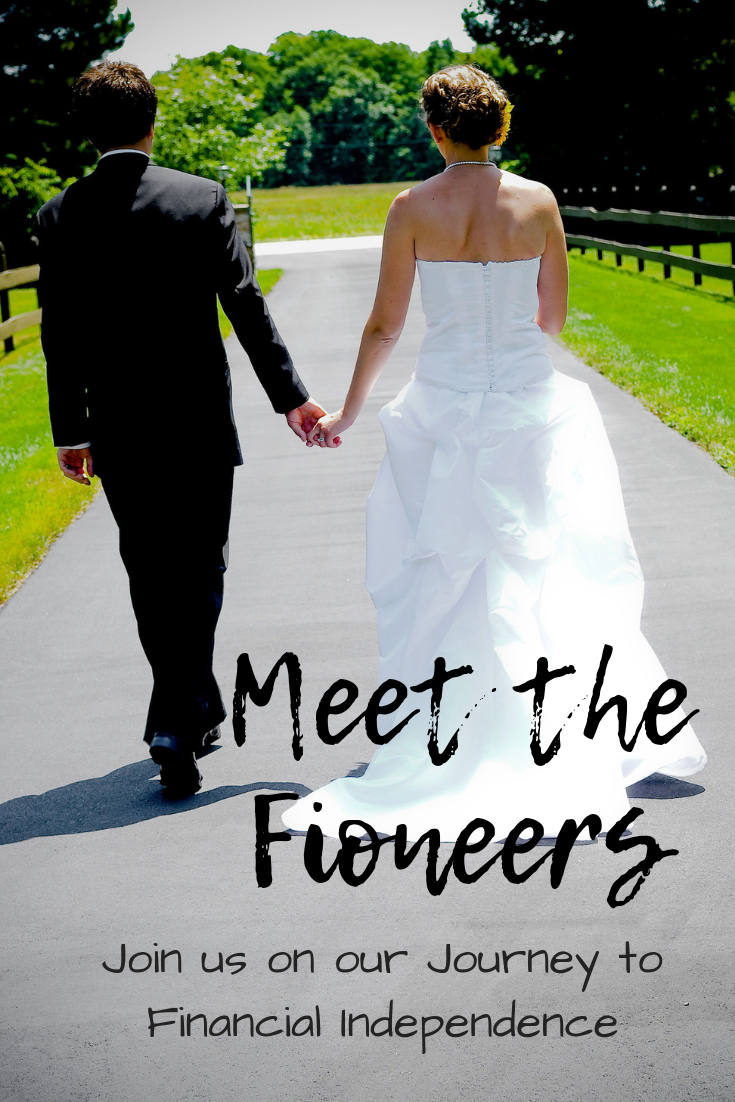
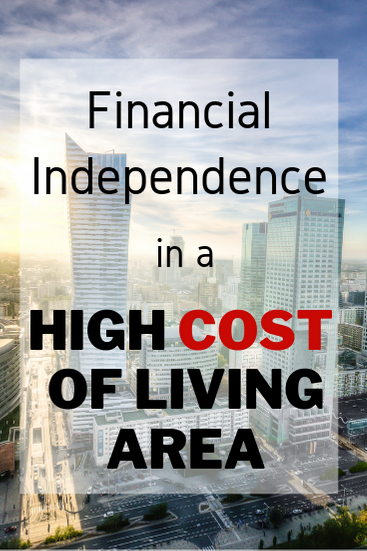
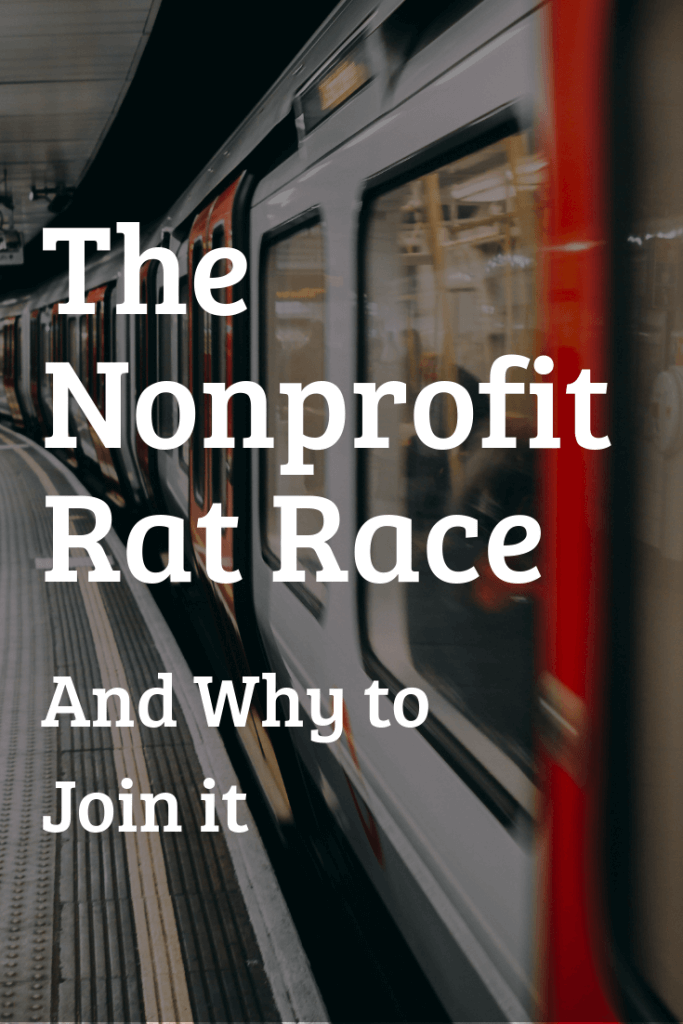
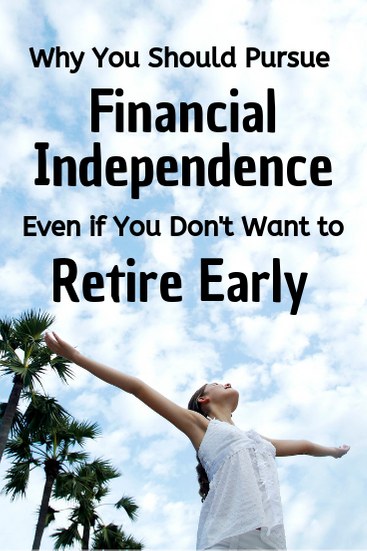
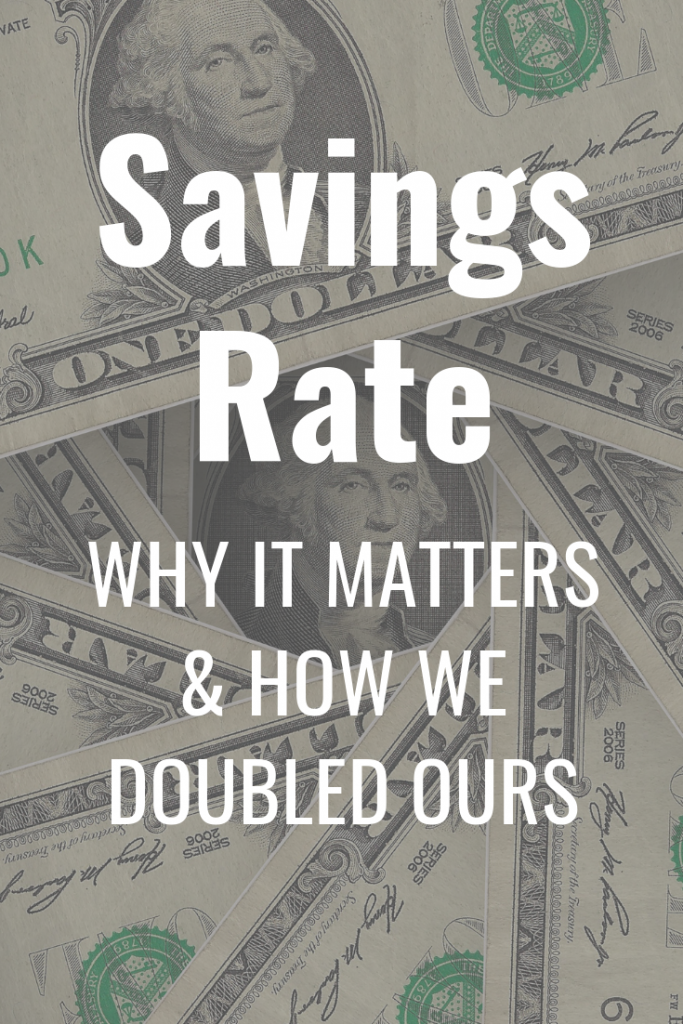
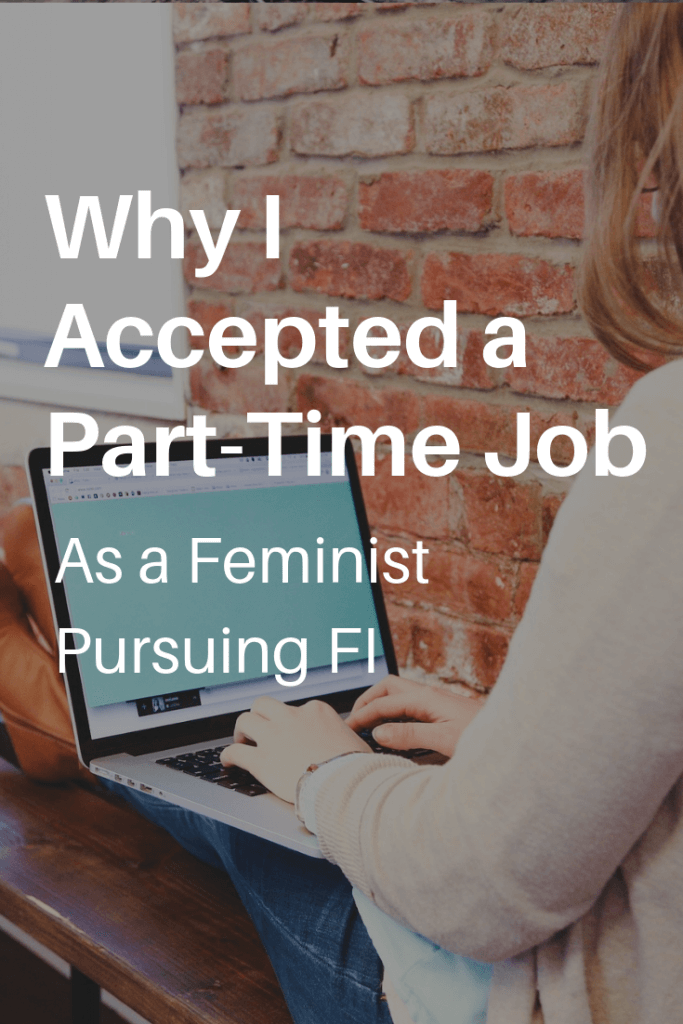
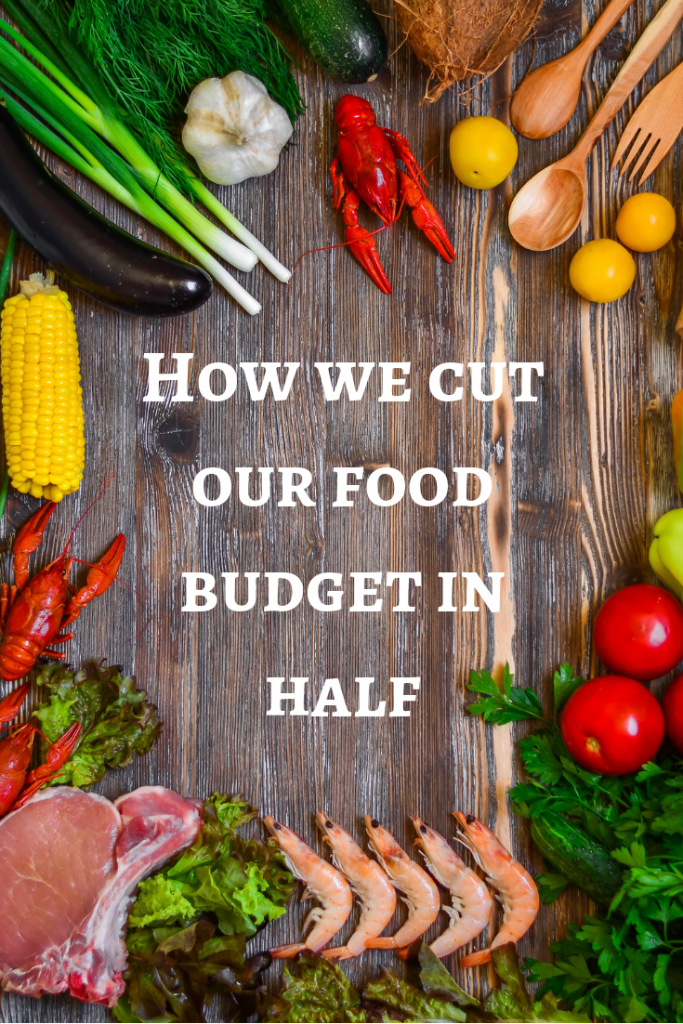
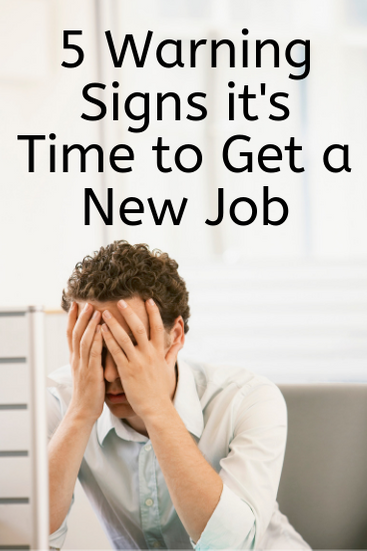
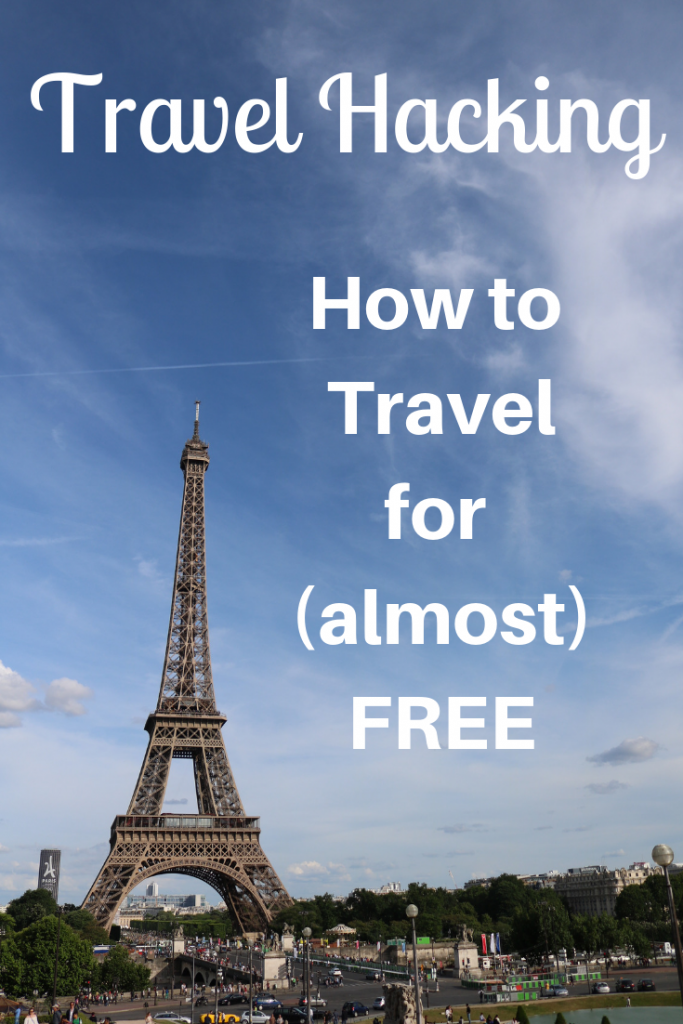
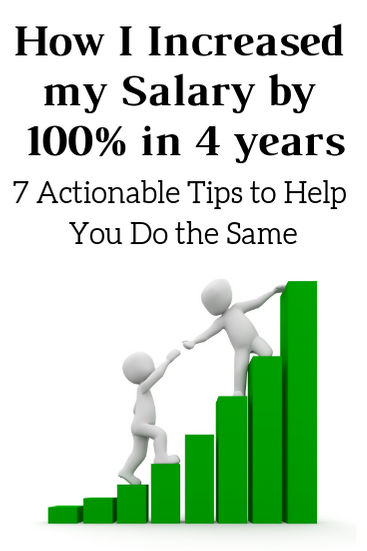
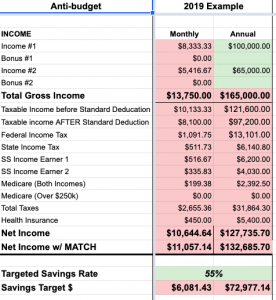

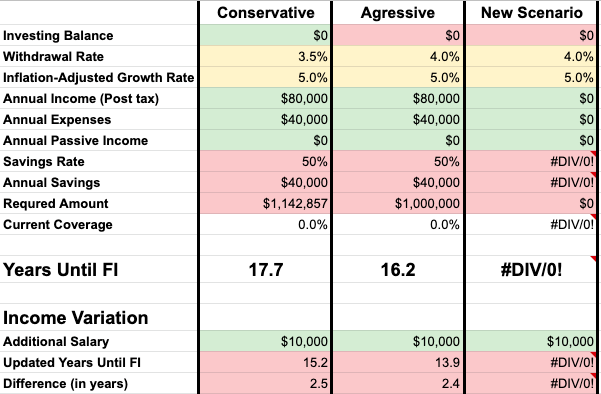
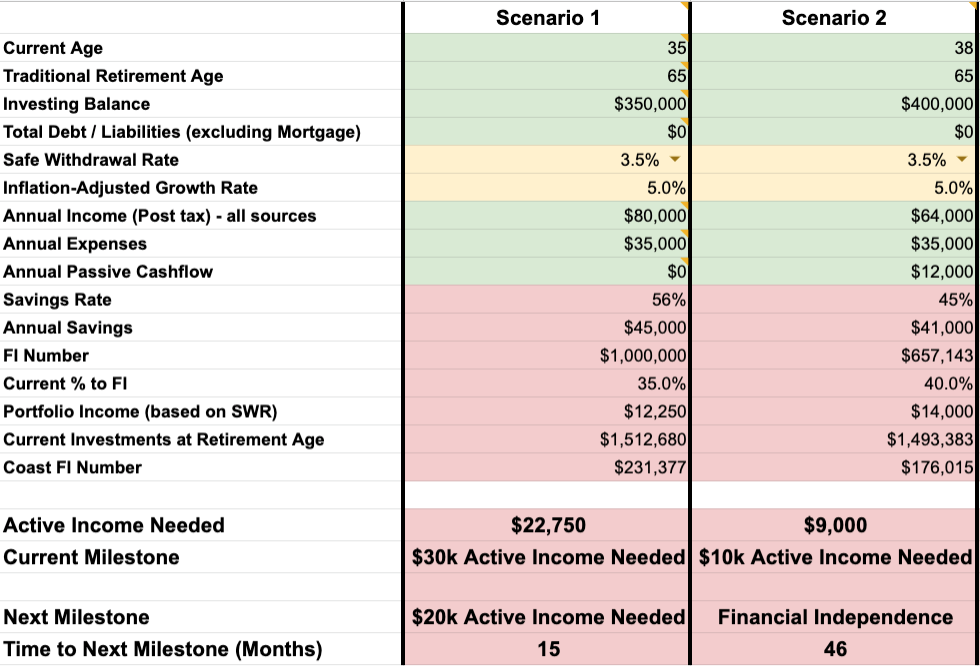
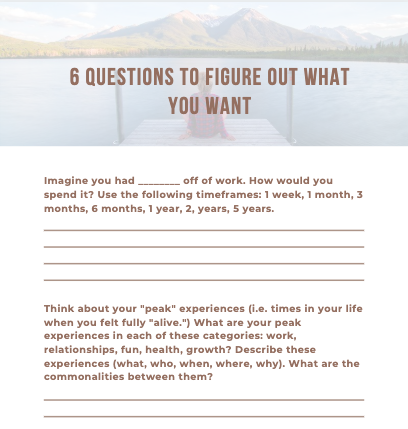
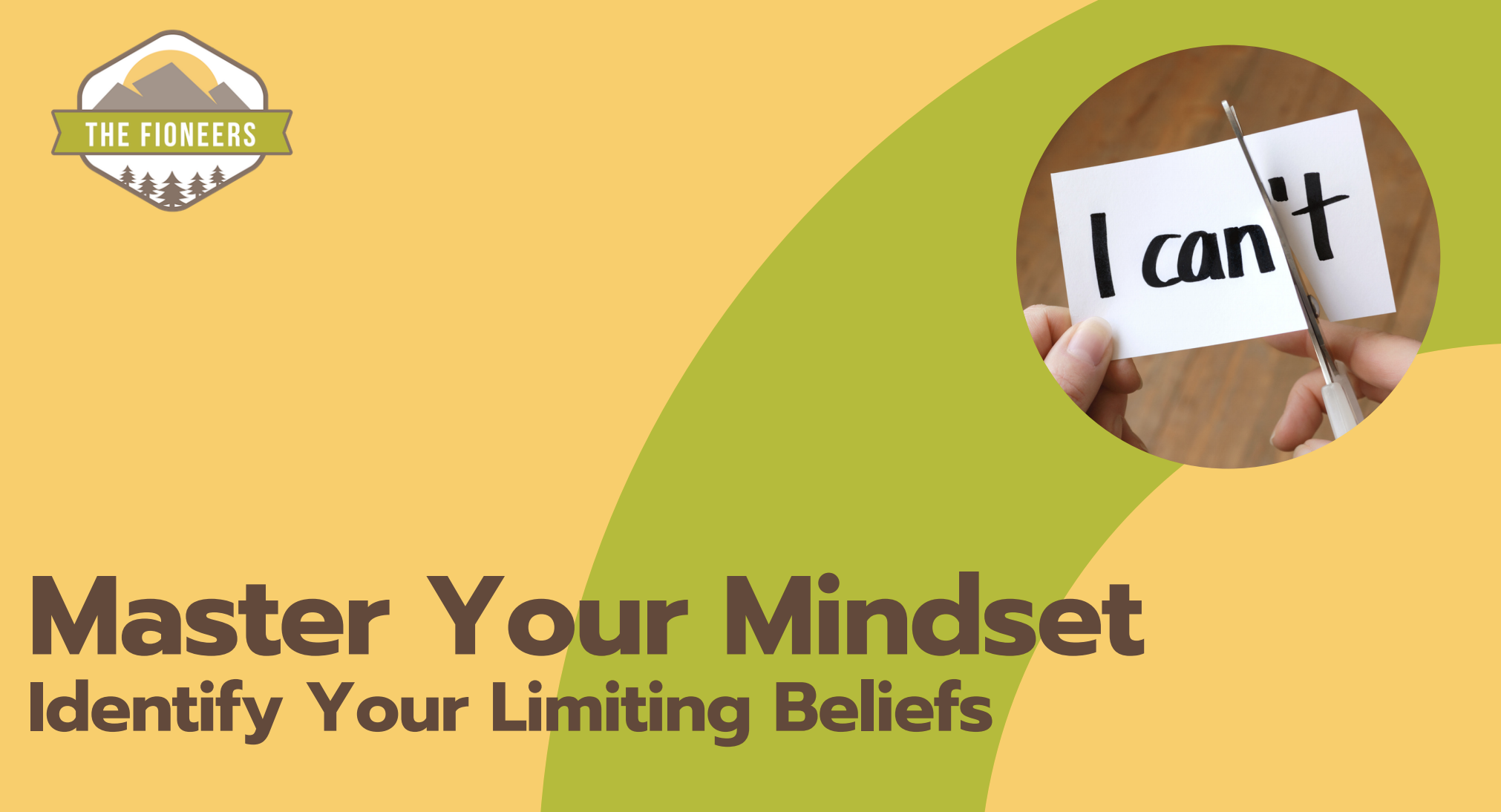
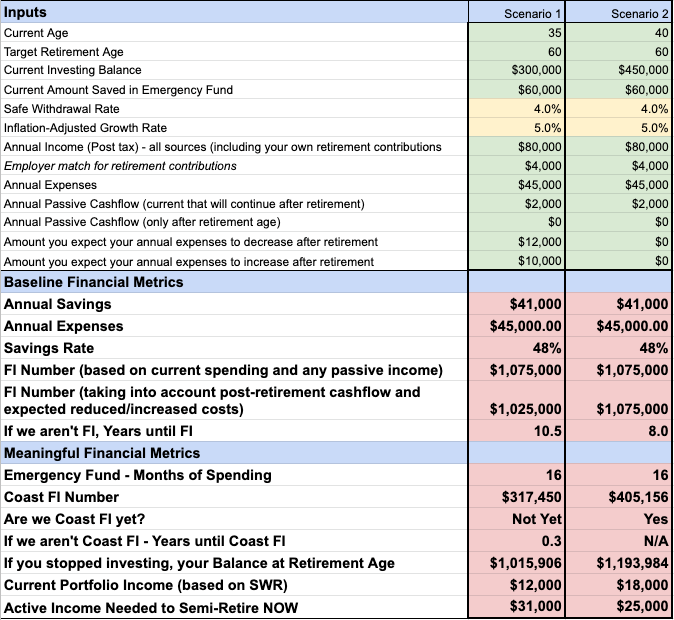
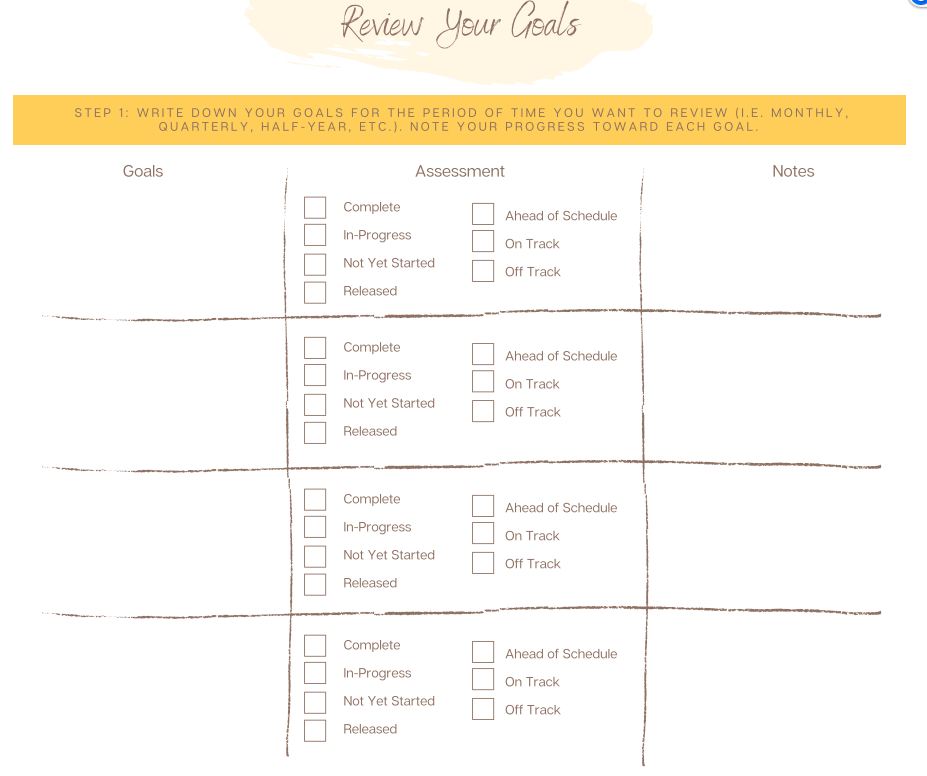
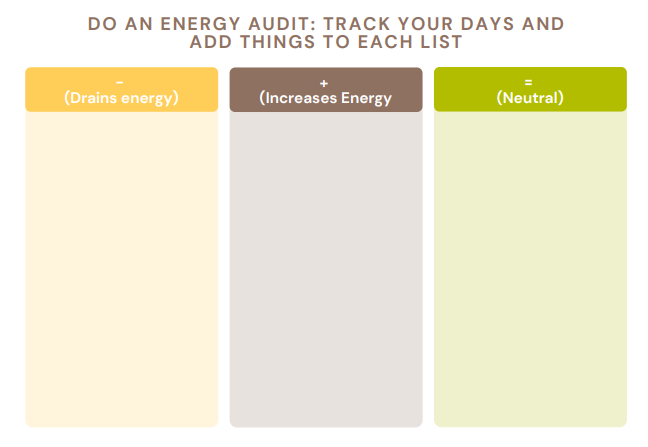
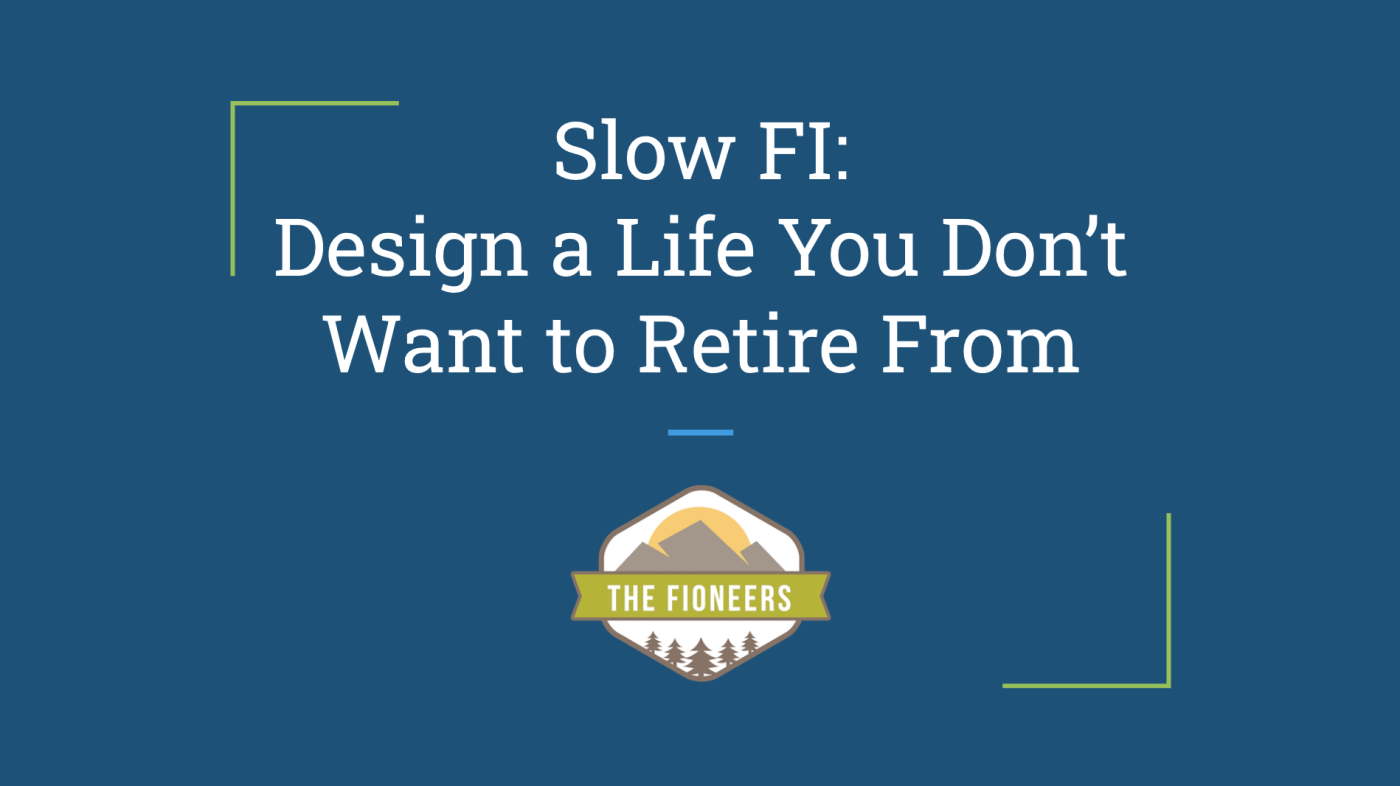
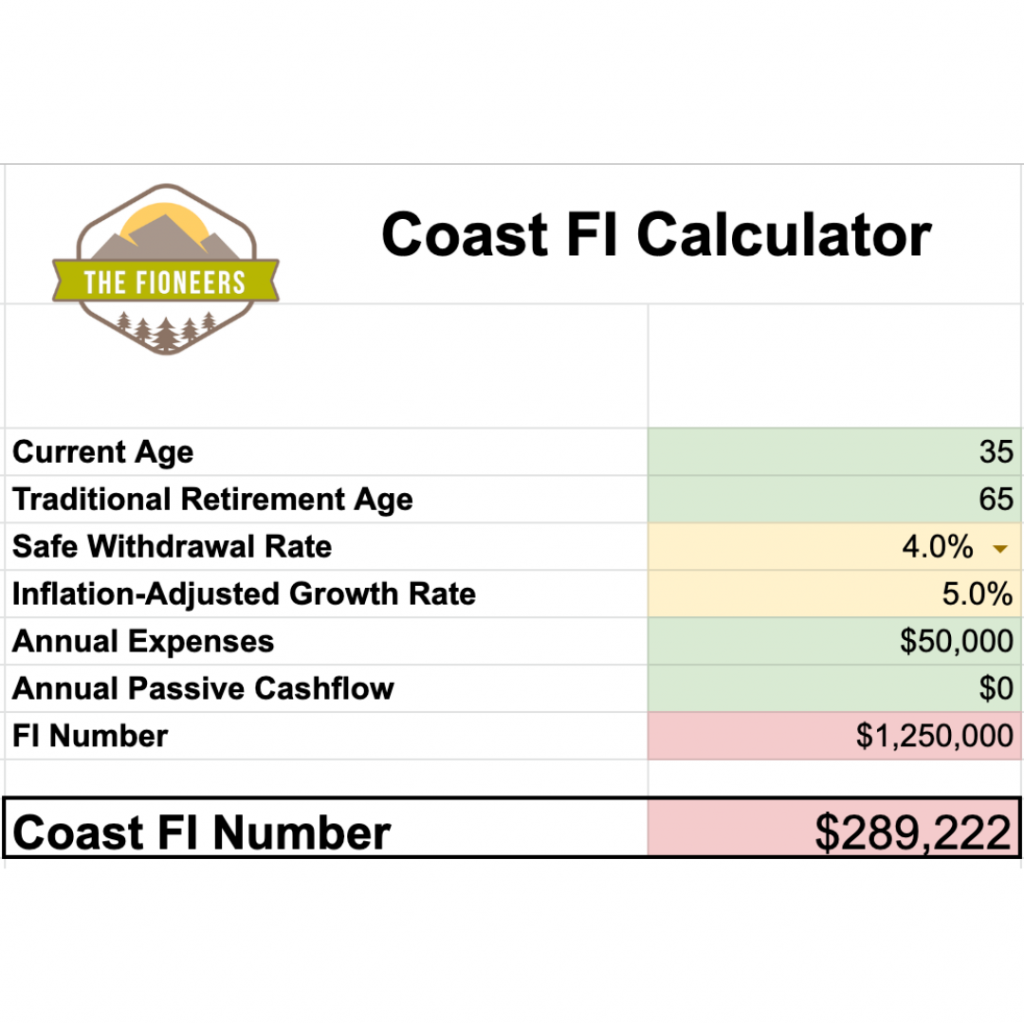



Thank you for sharing this interview! I was really about that Side Hustle life… until I wasn’t.
Hi Josh,
Thanks for writing it! I was really happy to feature your story!
Best,
Jessica
This is really fantastic. I’ve had similar experiences with side hustles: they’re AMAZING for that extra boost of money (we were able to pay off a big chunk of debt with side hustle $), but they can be unsustainable if you’re already working a FT job. I’ve realized that what I need is a side hustle that I can pick up and put down according to my needs so that I never feel beholden to it.
That’s a great point. Having something when you have free time, but something that you don’t feel stressed about when you are busy. If you find a side hustle like that, let us all know!
Sounds like a good move for you, effectively ‘buying back’ your time in exchange for the income foregone. It may delay your ultimate FI date, but seems it will be much more enjoyable for you along the way – getting some beach time and proper sleep in!
The quitting sounded so anticlimactic though: “I uninstalled the Uber Driver app and reclaimed my time.” It’s good that these kinds of side hustles are easy to get rid of, rather than have the hassle of a drawn-out process.
All the best for your journey and see you in the Twittersphere.
Michelle,
I love this perspective on it. I’ve been thinking of it this way too – buying back time by forgoing the extra income.
Best,
Jess
That’s definitely a simplified way of putting it… But I “quit” and rejoined probably 3 other times, for varying lengths of time, before ultimately deleting the app and quitting for good.
Thanks for the comment, friend!
I’m glad to know that I’m not the only one to have put side hustles down (selling books and arbitraged new items on FBA, tutoring, etc.) – I got tired of trading time for dollars when I could be spending time with family. At the moment I’m working on launching a side hustle that promises (we’ll see if it’s lying) to require very little work once launched (although it’s a bit of work up front)….
That’s exciting. What’s the side hustle that will involve little work once launched? That sounds like a pretty good gig.
Yeah, I’m of a similar mindset to you: I just don’t have the bandwidth for a side hustle (unless you count the blog, which, given the relatively little income, you probably shouldn’t). And Uber always scares me because Phoenix is super spread out, so I’d be putting a ton of miles on my car, which I want to last forever. So I’ve just never been tempted to try it.
So I totally get Josh saying that enough was enough. I bet stopping Uber driving made it easier to cut back on eating out, too. It’s just so tempting/necessary if you’re stuck out and about to get some fast food or takeout.
Thanks, Abigail for the comment. Your comment made me think of something. I’ve been trying to think of “work” more holistically and include things as “work” even if I don’t make money doing them. Even though I don’t make any money on my blog yet, I definitely see it as a side hustle. Well, maybe not a side hustle – I’ve actually been trying to look at it as my “main work” since it’s what I am most motivated by right now and what I’m enjoying most, even if it’s not for money at this point. And my side hustle (my part-time job) enables me to do this thing I’m passionate about – like someone pursuing acting in NYC waiting tables. Acting is their main gig and waiting tables is the thing they do to make some money. It’s kind of strange, but I’m trying to see it this way.
Thanks!
Jessica
Such a great interview! Thanks for sharing your experience Josh and good on you for being able to make the decision to reclaim your time when your mind, body and car all had enough.
I’ve pushed myself too far in side-hustles and projects before so I am very careful when I undertake anything now. Definitely lessons that stay with you!
Also I really love how the habits you put in place with the side hustle helped you maintain this great momentum and that you found new ways to cut once it was time to give it up (combined with the wage increase of course). Way to reclaim your time and find a better balance!
Thanks Jessica for another great post in this series. I’m loving it so much!
Thank you! I definitely feel like that 3.5 years of hustle put me yearssss ahead on my FI journey.
I love this. Side hustles can be a powerful thing but they can also be a powerful negative in your life. Kudos to you for knowing when to walk away when the extra money was no longer worth what you were giving in return.
Honestly, I wish I’d learned it sooner, or actually took action to quit when I’d done the math and figured it out! It was exhilarating to make a few hundred extra bucks on the weekend, but at the cost of zero free time, a screwed up sleep schedule and at a tremendous cost to my vehicle.
Thanks for commenting, Angela!
Thanks for the insight. As you’ve pointed out side hustles can be great for a time and a burden others. You need to figure out which (if any) work for you but do not interfere with your life, family, sanity, full time gig etc. But, having multiple streams of income, both active and passive can allow you to live the FIRE life earlier than you might be able to otherwise.
Really love this interview! From experience, it IS very good to monitor and re-evaluate side hustles and to disengage when the ROI just isn’t lining up — and not just in terms of payment. Thanks for blogging!
It is really hard to put a price on a good sleep schedule. However, the long term compounding returns in your IRA will surely pay dividends for life.
This is an awesome interview!
Thanks, Nate! Josh did a great job in the interview. It’s certainly worth doing a side hustle at some points and at other times it may not be worth it. Each person needs to decide it for themselves. Thanks for the comment!
Josh said: “The biggest reason I was able to quit my side hustle was that my new job came with a big raise and great benefits.”
This is the key. He did not need his side hustle because he got a better primary full-time job.
Well, duh.
I have been reading about side hustles a lot (Jon Acuff, Susie Moore for example) and the thing I am concluding is that you don’t need a side hustle if you have a great job that pays well and that you love.
Hi Roland,
I agree that side hustles can become unnecessary for people who are able to increase their salaries. However, some people keep their side hustles after increasing their salaries because of a scarcity mindset or pushing really hard towards FI. This is why I’m so impressed with Josh’s story. He figured out for himself what we enough for him, and then he decided to take action on it.
On the other hand, some people do side hustles because they want to make money doing something they enjoy or to eventually build a business. These people don’t usually need side hustles but decide to do them because it’s something they enjoy. I fall into this camp.
Best,
Jessica
I can’t tell you how much I needed to read this! I always feel this pressure of hustling/making money whenever I get on Twitter. But at some point the hustle removes any sense of freedom and you become a slave to the money. While not all forms of passive income are bad, I think it can be a fine line between earning a little extra cash on the side and risking your health for it.
Aside from FI itself, Slow FI is the closest thing to freedom we have. And as you approach FI, that freedom grows.
Great interview! Looking forward to reading the rest from this series.
Hey Liz,
There is definitely a hustle culture as it relates to personal finance. I don’t ascribe to that hustle culture. The only “hustle” I will do is to see if I can make $ doing things I love doing. That way I can transition to my ideal life sooner.
Best,
Jess